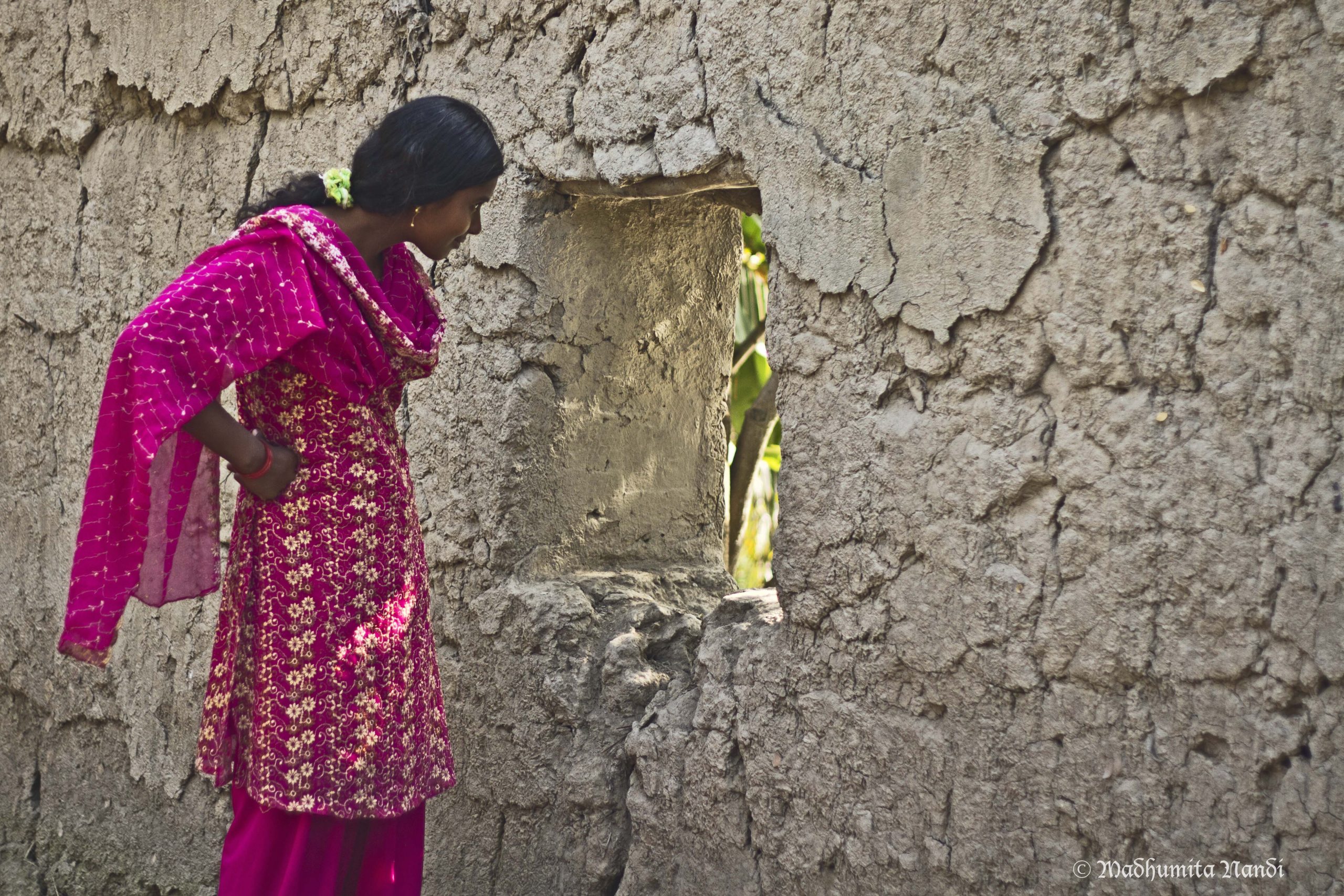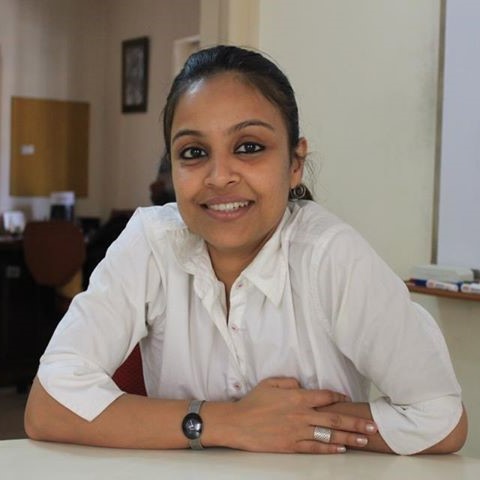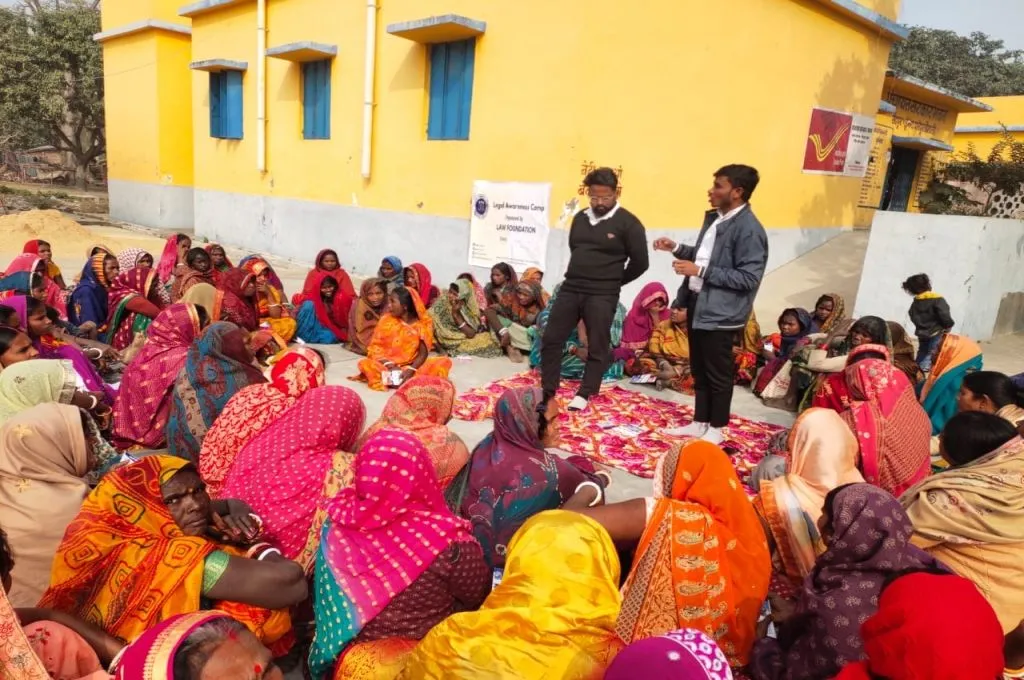Human trafficking is perhaps one of the most well-organised crimes being committed in India. How else do we explain the phenomenon of adolescent girls and young women from remote villages across India being found in brothels in our cities? This trend has sustained itself, despite laws that criminalise child sexual exploitation and trafficking, because of the demand for adolescents in the sex trade and the steady supply of girls from rural India, made vulnerable by poverty. Unforgivably, those who profit from trafficking the vulnerable enjoy impunity.
Where are the gaps in the fight against human trafficking?
While the criminal network of trafficking is very well organised, the response of the police, the state, and nonprofits, is disorganised. The investigators entrusted with trafficking cases are from local police stations, which are essentially meant to maintain law and order and address issues of the precinct in which they are located. They are not meant to investigate crimes that are transborder. And so, the police investigate cases either at destination or source, but hardly ever in conjunction.
Human trafficking is perhaps one of the most well-organised crimes being committed in India.
State governments also have no coordinated systems and work in silos. Over a decade ago, the Ministry of Home Affairs (MHA) issued directives to state governments to create specialised investigation units, called the Anti Human Trafficking Units (AHTUs). On paper, there are more than 220 AHTUs across the country, but less than five percent of them are notified. This means that existing police officers have been given additional responsibility to man AHTUs, but do not have the time, resources, or infrastructure to investigate these cases. Bad investigations lead to low conviction rates, which break the morale of the police, who then avoid filing FIRs, because they believe it is a waste of their effort.
Related article: Anti-trafficking bill: Proposed law must take a childs rights approach
We often find that a child or a young person who gets victimised today may become part of the criminal network for her or his own survival tomorrow. For instance, brothel managers or madams, as they are known, have shared that they too were once trafficked, and recruited girls and women to work for them when they got older. Because this is stigmatised labour, there is no easy supply of younger women. Consequently, brothel managers rely on traffickers to supply young girls, which is where the demand lies.
People who get victimised today may become part of the criminal network for her or his own survival tomorrow.
When the state does manage to rescue girls and young women from sexual exploitation, they put them up in closed institutions that are referred to as shelter homes. Shelter homes have however failed to rehabilitate survivors. They are unable to provide skills and training that make survivors employable with reasonable incomes, but instead make them feel punished and incarcerated.
In addition, sex workers are often in debt bondage. They cannot open bank accounts due to lack of proof of residence and are therefore unable to save and borrow through financial institutions. This makes them dependent on moneylenders who operate in these communities and borrow at high interest rates of 25-50 percent. This keeps them in perpetual debt.
We need to invest in the financial and social inclusion of survivors. Rescuing a sex worker of 35 or 40 years of age and institutionalising or criminalising them is not a solution.
Laws on human trafficking—the Immoral Traffic Prevention Act, the Bonded Labour Act, and even certain sections of the Indian Penal Code—have not been very successful in securing convictions or increasing rehabilitation for survivors of trafficking. These laws criminalise brothel managers and employers, but not traffickers. They try to fight the crime at one end (the destination) while allowing impunity at the other (the source).

Rescuing a sex worker and institutionalising or criminalising them is not a solution | Picture courtesy: Sanjog
What is the role of civil society in the anti-trafficking sector?
Most nonprofits working on human trafficking have taken over responsibilities of service delivery, such as running shelters, but do so amidst many challenges. They are dependent on either foreign funding or state budgets. With foreign funding many have created large facilities with a sizeable workforce, who are not always trained for the job. Government funding for service delivery remains frugal and inefficiently disbursed. This leads to poor quality of services resulting in poor benefits to survivors. There needs to be a shift in the role of civil society organisations (CSOs) from being service providers to becoming facilitators. Five approaches that we advocate for are:
There is a tendency in the anti-trafficking sector to label survivors of trafficking as ‘victims’, who need to be protected and spoken for. Nonprofits must transition out of being ‘saviours’ and focus on building leadership among survivors, encouraging them to fight for their rights and services from panchayats and governments.
Nonprofits must transition out of being ‘saviours’ and focus on building leadership among survivors.
There is an assumption that survivors do not want to come to the fore or show their faces. In my experience, survivors seldom feel the shame that our society associates with them. When CSOs help them to resist and challenge stigma, they reject that shaming and are able to fight for their own justice.
Related article: Services and rights: The twain do meet
Instead of being the voice for survivors, nonprofits must assist them to speak for themselves. Often, nonprofits themselves treat sex work as a sin or a reason to feel shame. However, when trafficking gets treated as a crime, the strategies to fight it will be different. The focus will shift from saving survivors, to empowering them to fight through robust legal aid, training, sharing information, collectivising, collaborating, and so on. As leadership gets built among survivors’ groups, they will take the lead in this effort.
India has a strong provision for compensating survivors, but it is poorly implemented. According to the State Legal Services Authority, no compensation has been awarded to survivors of trafficking in many states, because there were no applications. This happens because survivors do not know that they are entitled to compensation and are unable to secure legal aid to access these funds. The Nirbhaya Fund of the central government, which pays for this, has been poorly used by many state governments and nonprofits. But some lawyers like Kaushik Gupta and Anirban Tarafdar have managed to secure compensation amounting to INR 4 to 6 lakhs. This enables survivors to pay for their own rehabilitation rather than having to depend on CSOs.
The focus of rehabilitation for governments and nonprofits has been on shelter homes. But it needs to shift to helping survivors return to their families, and then helping the families combat stigma and poverty, and claim services from panchayats, police, and healthcare providers. Working in groups and collectives helps to fight stigma and challenge traffickers.
To effectively counter human trafficking, nonprofits working separately in source and destination areas must come together. This is an opportunity for larger organisations to play the role of the facilitator—bring together organisations from the villages as well as those working in red-light areas in cities, so that they can communicate with each other and coordinate their efforts. There will be barriers to this, such as language and mobility, and nonprofits can work to remove them. Nonprofits can also facilitate dialogue between survivor leaders and the state. Instead of speaking on behalf of survivors, nonprofits can bring survivor leaders to the same platform as parliamentarians, so that they can speak for themselves, and present their concerns using their own voice.
Related article: Why the rights way makes sense
For any kind of policy advocacy or activism against a social issue, evidence is key. Here, nonprofits can play the role of researcher, evidence builder, and synthesiser of information. They can then arm survivors’ groups with this information.
For instance, government departments often release legal and policy documents, which have a direct bearing on the lives of survivors, but which could be difficult for them to understand. We, at Sanjog, took one such document, translated it to Bengali, because the survivors’ groups that we were working with were from West Bengal. We took each clause of that document, and explained its implications through the use of examples, over a 3-day workshop. As a result, they are now better equipped to negotiate with the government for their rights and justice and can respond to questions that are thrown at them.
What lies ahead?
The MHA has introduced a National Investigation Agency (Amendment) Bill (NIA), which, despite being controversial, promises to investigate human trafficking cases and improve infrastructure in the judiciary for prosecution. We wait to see how these cases will be referred to the NIA, how the NIA will engage with the AHTUs, the role boundaries and convergence issues, etc.
The previous government tried to reform the law in human trafficking, but the Trafficking of Persons (Prevention, Protection and Rehabilitation) Bill, 2018 lapsed, and it is yet to be seen whether the present government will revive it. Perhaps there will be changes made based on earlier objections, particularly on issues of shelter homes and lack of community-based rehabilitation.
Meanwhile, there are organisations that help survivors of human trafficking form their own collectives and create SHGs and federations; and leadership is emerging from these groups. The volume of discussion on trafficking in the past two years is unprecedented. The media and the parliamentarians are talking about it, and while it hasn’t yet become a mass issue, it is no more just a social sector issue. These are all positive developments, and herein lies the dream of making our societies free of human trafficking.





